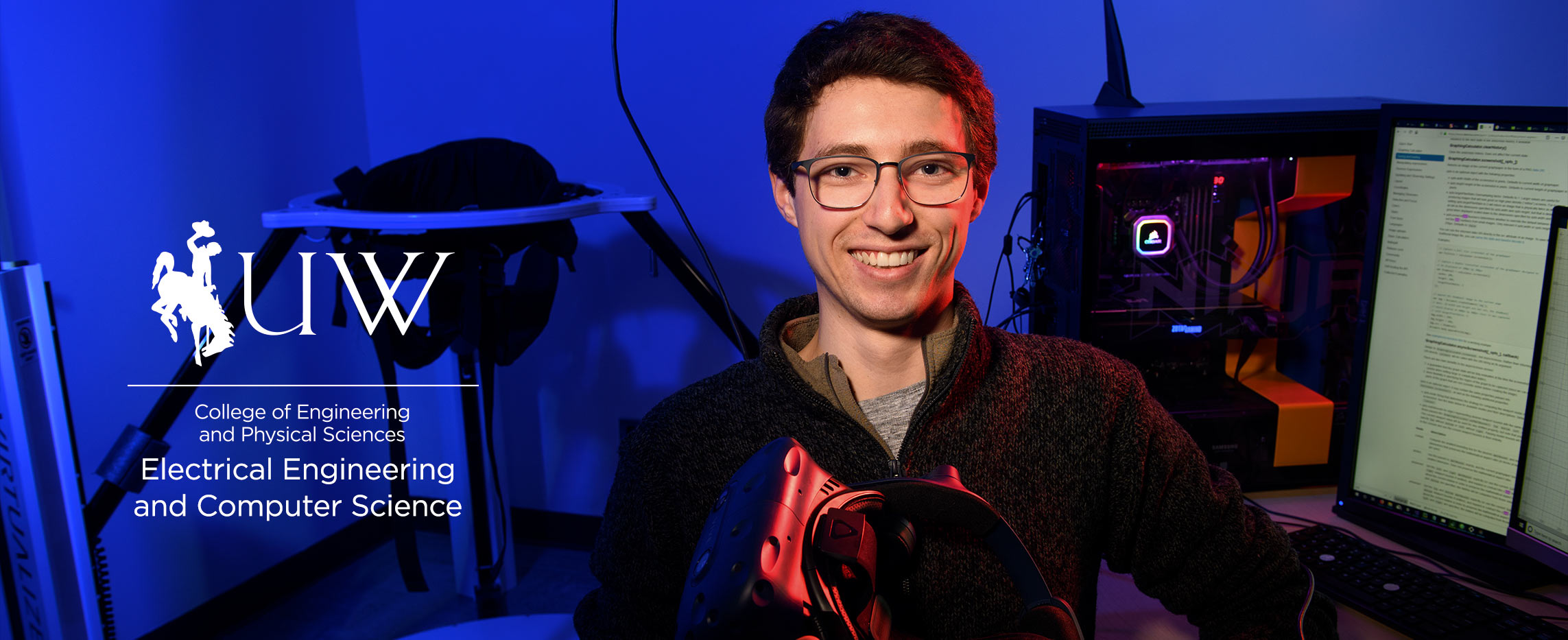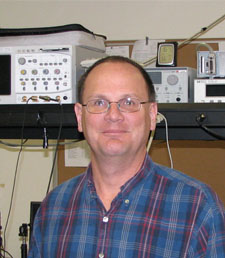

Associate Professor
Electrical and Computer Engineering
Room 5014, Engineering Building
University of Wyoming
College of Engineering and Physical Sciences
Department of Electrical Engineering and Computer Science
Dept. 3315
1000 E. University Avenue
Laramie, WY 82071

Education:
Experience:
Areas of Expertise:
Semiconductor Materials and Devices, Optoelectronic Devices, Solar Cells, Semiconductor Lasers
Our current project in solar cells is a interdisciplinary project between physics, chemistry, geology, and electrical engineering. This project involves using quantum dots attached to ternary oxide nanowires for efficient energy conversion. We will study different materials and attachment methods to investigate how these effect the overall performance of the solar cell.
Our semiconductor laser research centers around investigation of charge carrier processes, specifically carrier capture, escape and recombination in quantum dot semiconductor lasers. The studies look to understand the temperature dependence of the threshold current in long wavelength and optimization of laser materials and structure design.
Selected Publications: